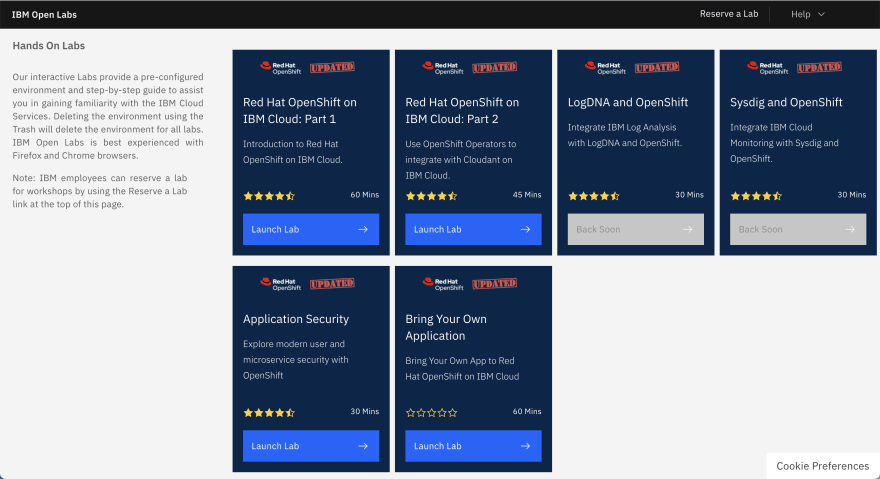Welcome back to Tutorial Tuesday!
This week we'll be exploring cloud and hybrid Platform-as-a-Service (PaaS) deployment models, and we'll take a look at the IBM PaaS products and offerings. If you're new to cloud computing, you might have been put off by the overbearing amount of acronyms used. Just about everything is sold as a service (aaS) these days, even transportation.
To clarify some of the deployment models, let’s have a look at some of these aaS acronyms. IaaS is Infrastructure-as-a-Service, PaaS is Platform-as-a-Service, CaaS is Containers-as-a-Service, and FaaS is Serverless, which is also known as Function-as-a-Service.
Platform-as-a-Service (PaaS)
PaaS, or Platform-as-a-Service, is a cloud computing model that provides customers a complete platform—hardware, software, and infrastructure—for developing, running, and managing applications without the cost, complexity, and inflexibility of building and maintaining that platform on-premises.
The PaaS provider hosts everything—servers, networks, storage, operating system software, databases—at their data center; the customer uses it all for a for a monthly fee based on usage and can purchase more resources on-demand as needed. In this way, PaaS lets your development teams to build, test, deploy, maintain, update, and scale applications (and to innovate in response to market opportunities and threats) much more quickly and less expensively than they could if you had to build out and manage your own on-premises platform.
IBM PaaS Products & Offerings: IBM Cloud Kubernetes Service, IBM Cloud Foundry & Red Hat OpenShift on IBM Cloud
Pros to PaaS:
Faster Time to Market
Faster, Easier, Less-Risky Adoption of a Wider Range of Resources
Easy, Cost-Effective Scalability
Lower Costs
Red Hat OpenShift on IBM Cloud
Deploy highly available, fully managed clusters with one click.
What is Red Hat OpenShift on IBM Cloud?
Red Hat OpenShift is the leading enterprise Kubernetes platform, built for an open hybrid cloud strategy. Red Hat OpenShift’s full-stack automated operations, consistent experience—across all environments—and self-service provisioning for developers lets teams work together to more efficiently move ideas from development to production.
Red Hat OpenShift is available as a fully managed cloud service on leading public clouds, or as a self-managed software offering for organizations requiring more customization.
Benefits
Experience It Through Kubernetes
Use the Red Hat OpenShift tools and APIs you know for a coherent experience, whichever cloud you choose.
Secure Applications End-to-End
Get FIPS 140-2 Level 4 security and built-in PCI, HIPAA, GDPR, SOC1, SOC2 Type 2 and ISO 27001 compliance.
Deploy, Scale Workloads Globally
Rely on continuous availability with multizone clusters across six regions globally.
Access an OpenShift Catalog
Set up a CI/CD pipeline with Jenkins or deploy applications in an OpenShift cluster-integrated experience.
Extend Applications w One Click
Blend AI with IBM Watson® APIs and IBM and Red Hat middleware. Get help to manage the application lifecycle.
Get Back Time for Core Tasks
Our Red Hat OpenShift experts manage the provisioning, configuration, deployment, upgrades and more.
OpenShift Resources
See more resources pertaining to Red Hat OpenShift on IBM Cloud — including code patterns, articles, videos and more.
Try It Out!
Complete the Red Hat OpenShift on IBM Cloud Open Labs
Develop in a preconfigured OpenShift environment available for four hours at no charge.
CONGRATULATIONS!
Tune in next week for our next Tutorial Tuesday post.
Connect w Me!
https://linktr.ee/jritten










Top comments (0)